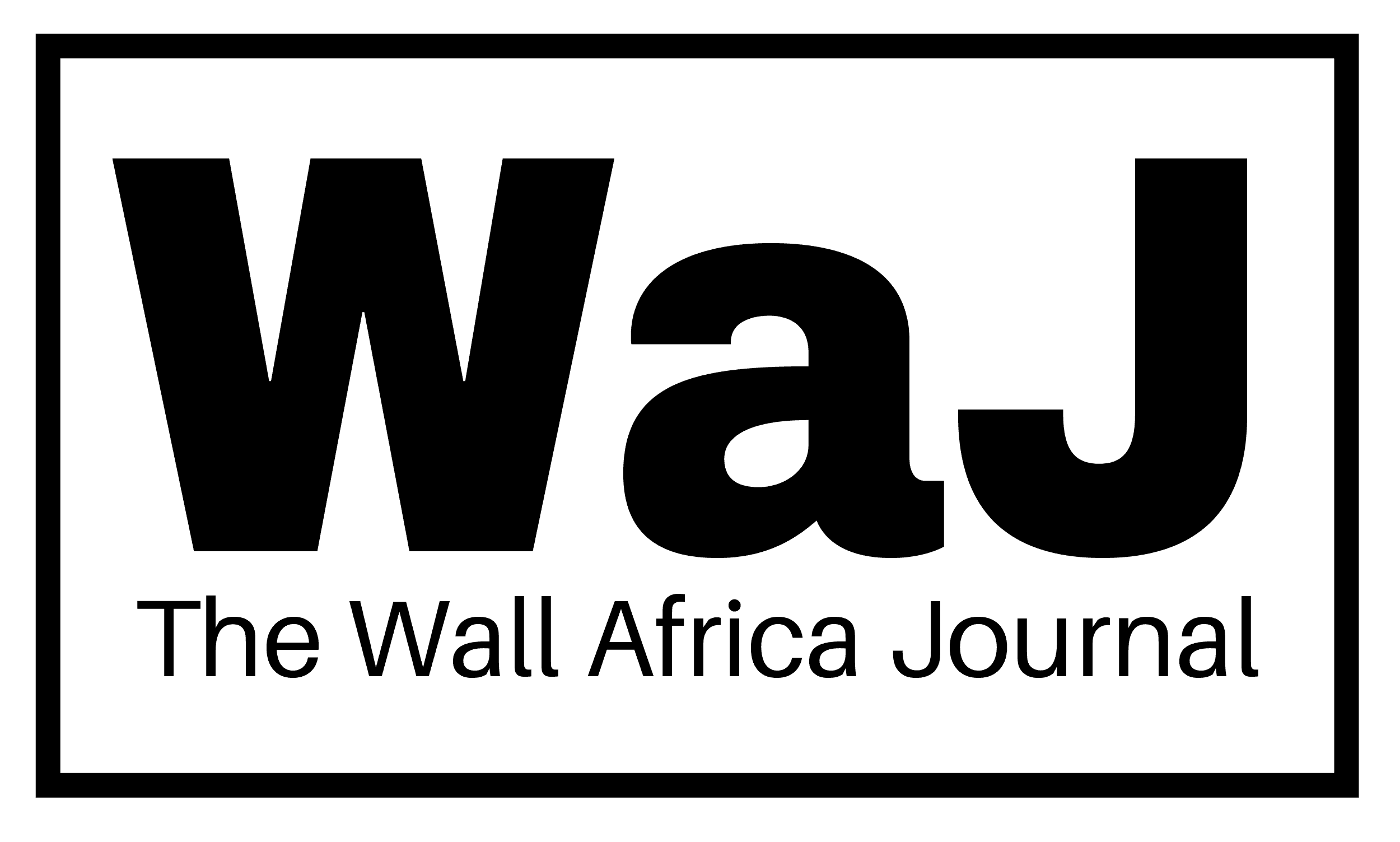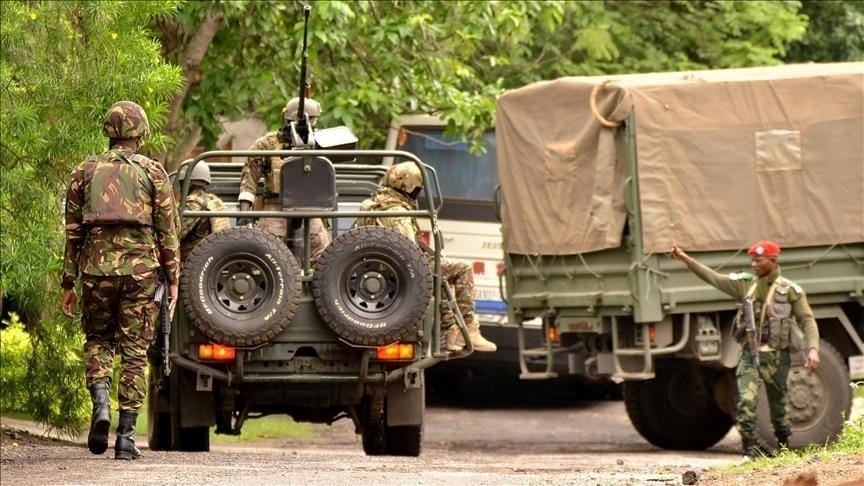The Southern African Development Community (SADC) has commenced the second and final stage of withdrawing its regional peacekeeping forces from eastern Democratic Republic of Congo (DRC), signaling the conclusion of a mission aimed at stabilizing one of the most volatile regions on the continent.
The phased withdrawal involves troops deployed under the Southern African Development Community Mission in the Democratic Republic of the Congo (SAMIDRC), who have been operating in conflict-affected areas such as Goma and Sake. According to a statement released Thursday by the SADC secretariat, personnel and their remaining operational equipment will exit the DRC via Tanzania before returning to their respective home countries.
SAMIDRC, composed of military contingents from South Africa, Malawi, and Tanzania, was launched in May 2023 following approval by the 16-member bloc to assist Congolese forces in pushing back against armed groups destabilizing eastern DRC. The mission’s mandate was officially terminated in March 2025, and the withdrawal process began in April with the evacuation of logistics and non-combat equipment.
“The Southern African Development Community continues the phased withdrawal of its mission in the Democratic Republic of the Congo (SAMIDRC) from the eastern regions of Goma and Sake,” read the statement. “This step involves the repatriation of mission personnel with their personal belongings as well as the remaining operational equipment.”
Despite concluding its military involvement, SADC emphasized its unwavering commitment to supporting peace and stability in the region through non-military avenues. “SADC will continue to engage through diplomatic, political and strategic mechanisms in collaboration with the DRC government and regional partners,” the bloc assured.
The security landscape in eastern Congo remains fragile. Since late 2024, M23 rebels have advanced rapidly, capturing swathes of territory including the key provincial capitals of Goma and Bukavu in North and South Kivu. The rebel group’s resurgence has severely undermined stability and ignited renewed displacement and humanitarian crises.
Efforts to negotiate peace, including mediation led by the Emir of Qatar, have so far failed to curb the violence. Fighting continues in areas such as Rutshuru territory, where heavy artillery exchanges have been frequently reported. On Thursday, bombing by M23 fighters in the city of Kiwanja brought daily life to a halt, further compounding the region’s instability.
The Congolese government has accused Rwanda of backing the M23 rebels, an allegation Kigali has consistently denied despite mounting international concern and evidence cited by UN investigators.
The human toll of the conflict is staggering. Prime Minister Judith Suminwa recently confirmed that more than 7,000 people have been killed since the beginning of 2025. Meanwhile, the United Nations estimates that over 7.8 million people have been displaced, marking one of the largest internal displacement crises in Africa.
As SADC peacekeepers prepare to leave, concerns remain over the future security of civilians in eastern DRC. With no end in sight to the M23 offensive and limited progress in diplomatic negotiations, the region remains on edge—caught in a cycle of violence that has spanned decades.



